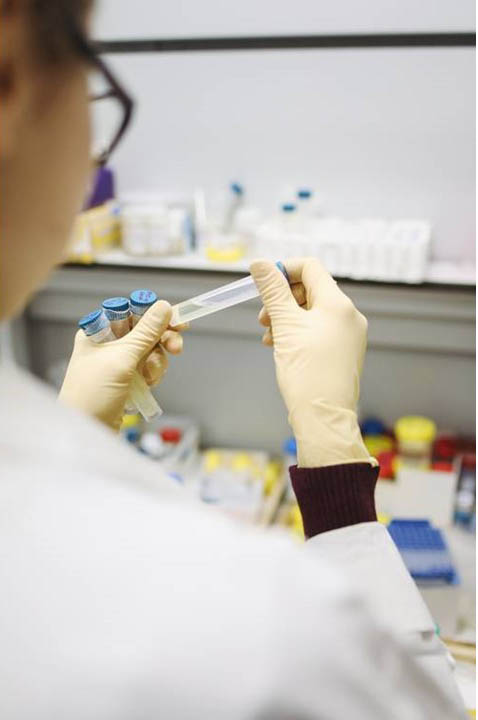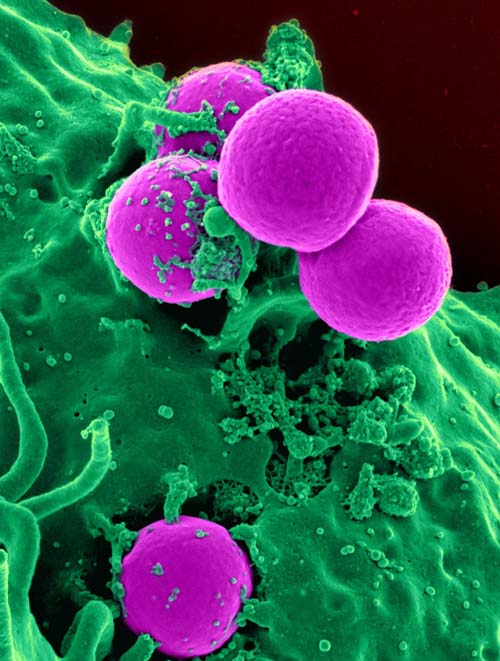Three focuses of my blog are Financial Literacy/Money, Business/Entrepreneurship and STEM. An avenue of medicine not often discusses that the of aesthetic practitioner. The following contributed post is entitled, How To Get Set Up As An Aesthetic Practitioner.
* * *
If you’re considering an alternative career in medicine rather than being a traditional doctor, then you might be thinking about being an aesthetic practitioner. Making this change can be daunting, but if you follow these steps, you can get going on the right path.

Image – free for commercial use
Maintain your registration with the relevant industry body
Check what registration and qualifications you need to have in your area. In some places, you may need to have had a certain amount of years of general adult nursing or medical other experience before you can move into the aesthetics fields. This is to ensure that you have a solid foundation of transferable skills and experience to make you a safer, more skilled aesthetic practitioner. In a similar vein, dentists and doctors are also required to have a current, active registration with the relevant bodies in order to practice aesthetics. Membership of these professional bodies also gives you a support network for working in aesthetics and also gives any of your prospective patients a way to see that you are trustworthy and have the relevant insurance and training. You could look into training through IAPAM, which can provide you with the skills, knowledge, and information that you need.
Research your market
If you’re going to set yourself up as an aesthetic practitioner, it is important to research your industry and local market so that you are able to:
● Understand any factors outside of your business in the industry and the wider market
● Understand the strengths and weaknesses of your competition
● Understand the interests and needs of potential customers to develop a detailed customer profile for you to target
Your market research can also help you to develop your business plan, which you will need to have ready if you are going to secure any funding to help you get your business launched.
Researching the industry and market environment
● Start your research with any legal, economic, social, and cultural issues or trends that could have an impact on your business, for example, any changes in the regulation of the aesthetics industry or changing attitudes towards cosmetic treatments like Botox
● Keep an eye out for new trends developing so you can identify any gaps or opportunities to take advantage of
● Go to events for the aesthetic industry, listen to live talks, and watch demonstrations to learn skills and build a network
● Network with industry colleagues at these events and on social media
Researching competitors
● Work out who your target customer is and create detailed buyer personas. These profiles will represent your ideal customers. These personas will let you tailor your marketing to better connect with your target audience so you can understand their attitudes towards your proposed products and services
● Make use of your existing networks through social media (e.g. Linkedin for professional contacts), carry out surveys, and offer incentives like discounts to engage with your target audience
● Invest time in building connections with potential customers and remember that word of mouth is one of the most effective ways to build on your customer base












